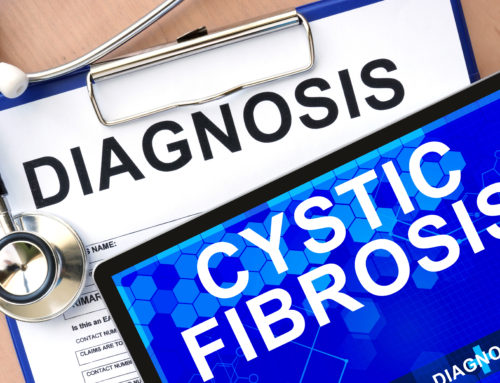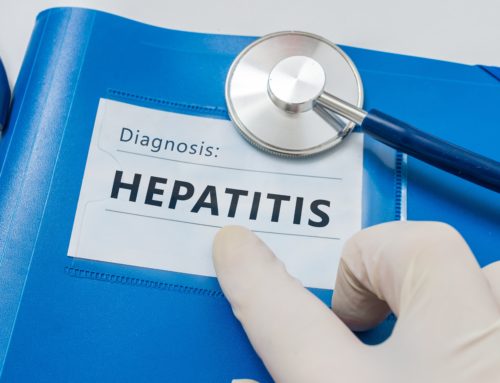Public Health England (PHE) has reported a continued increase in cases of scarlet fever across England, with 1,319 new cases between 21st to 27th March, the highest weekly total recorded in recent decades (data available from 1982 onwards).
A total of 10,570 cases of scarlet fever have now been reported since the season began in September 2015.
Scarlet fever is a seasonal illness which should be treated with antibiotics and cases of the illness usually peak at this time of year.
An increase in invasive disease caused by the same bacterium group A streptococcus (GAS) which causes scarlet fever has also been seen in England. A total of 593 cases of invasive GAS infection, such and bloodstream infection or pneumonia, have been notified so far for 2016 compared to 440 cases for the same period last year (January to March). This year GAS seasonal activity coincides with the seasonal influenza activity owing to the late flu season. Influenza and invasive GAS co-infection is a rare but well-recognised occurrence.
While the elderly remain most at risk of invasive GAS infection, increased levels of disease compared to last year have been seen in young adults and children less than five years old, the age groups most affected by influenza in recent weeks. There’s no suggestion of an increase in invasive GAS infection in patients diagnosed with scarlet fever.
This is the third season in a row in which elevated scarlet fever activity has been noted. A total of 15,637 notifications were made in England and Wales in 2014, rising to 17,590 in 2015. Weekly activity so far this season has been similar or slightly above for that last year.
GAS bacteria are spread by direct person-to-person contact with an individual carrying the bacteria or indirectly through contact with bacteria in the environment. Keeping wounds clean and practising hand hygiene can decrease chances of catching a GAS infection.
Dr Theresa Lamagni, PHE’s Head of Streptococcal Infection Surveillance, said,
‘As we reach peak season for scarlet fever, health practitioners should be particular mindful of the current high levels of scarlet fever when assessing patients. Close monitoring, rapid and decisive response to potential outbreaks and early treatment of scarlet fever with an appropriate antibiotic remains essential, especially given the potential complications associated with group A streptococcal infections.
‘PHE strongly urges people with symptoms of scarlet fever, which include a sore throat, headache and fever accompanied by a characteristic rash, to consult their GP. Scarlet fever should be treated with antibiotics to reduce risk of complications.
‘Once children or adults are diagnosed with scarlet fever we strongly advise them to stay at home until at least 24 hours after the start of antibiotic treatment to avoid passing on the infection.’







